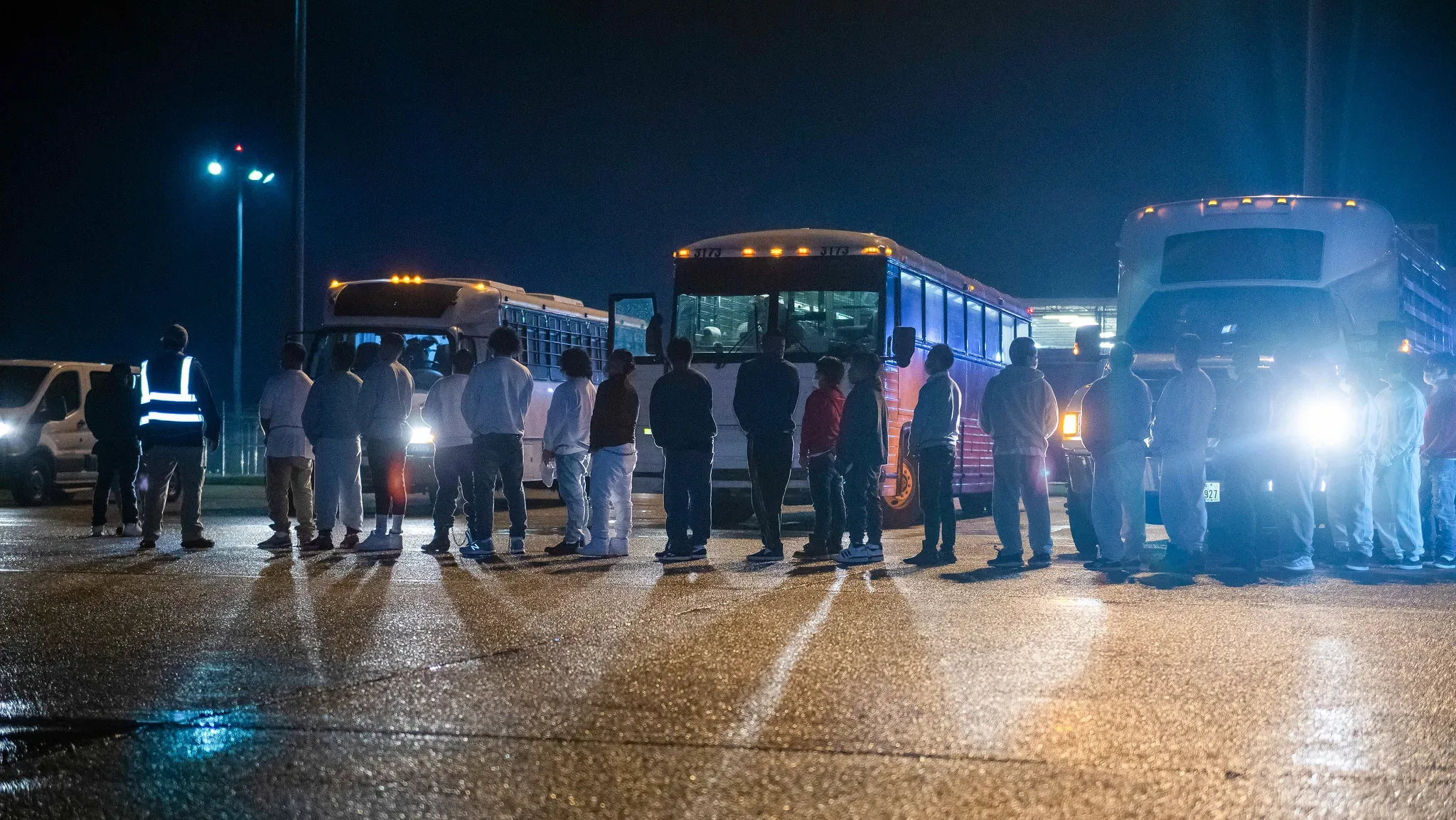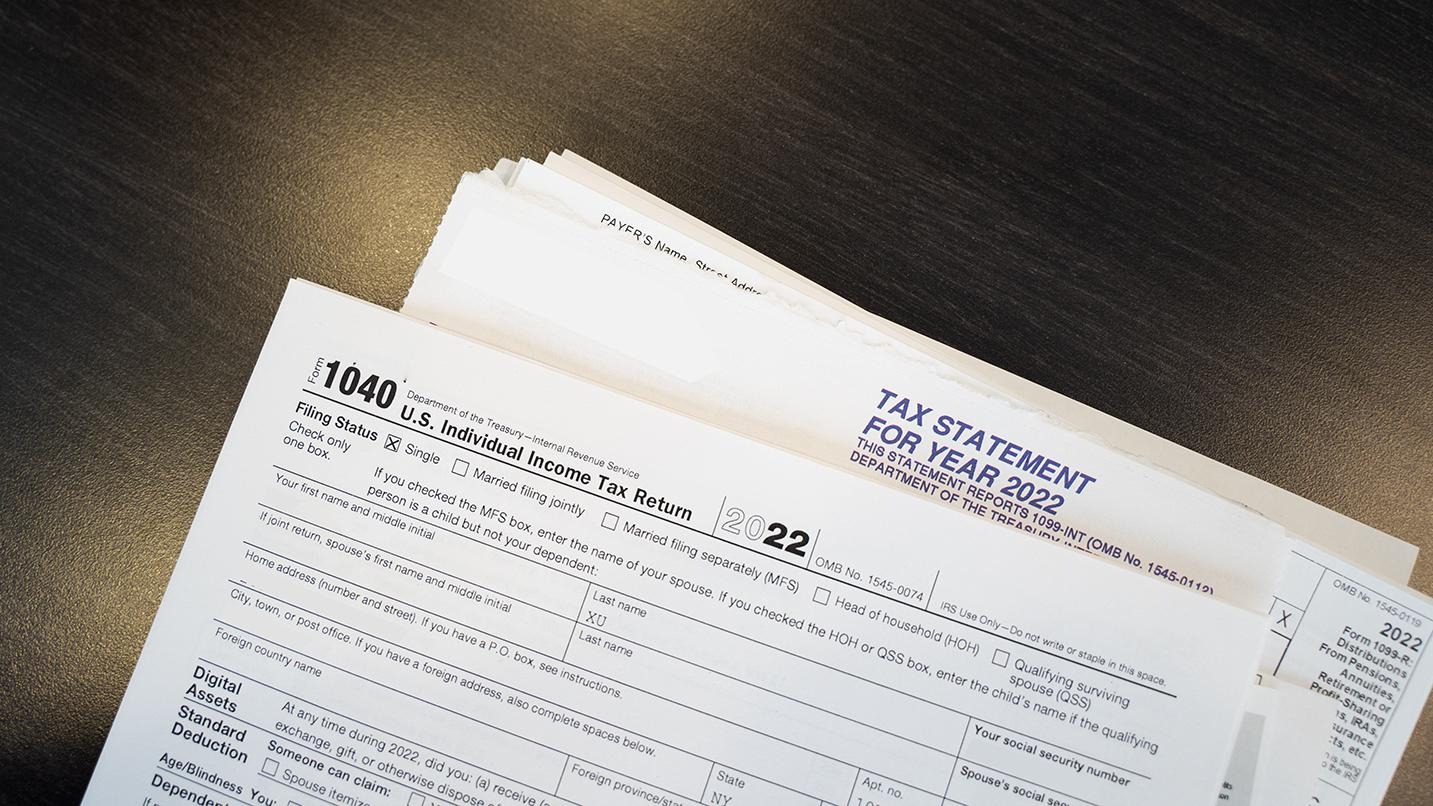A Canadian actress detained by U.S. Immigration and Customs Enforcement was transferred to two detention centers in the span of two weeks. Meanwhile, a Georgetown scholar on a J-1 visa was moved through four detention centers in one week. In another case, a Honduran migrant was transferred through three detention centers over four weeks before he was deported.
While the backgrounds of these immigrants vary, they all experienced quick transfers from one detention center to another, otherwise known as “diesel therapy.” The term is said to have originated inside the U.S. prison system, and while it is often referred to the treatment the inmates receive during transportation such as being shackled for hours, these frequent transfers also limit interaction between clients and their lawyers.
In the case of Ivan, a 38-year-old immigrant from Honduras living in New York, he never imagined that attending his ICE check-in would lead to him being deported to a town in Honduras he last resided in 2004, when he was 16 years old.
Years earlier, in 2019, Ivan received a deportation order after failing to appear in immigration court. Since then, he has attempted to fight the deportation order. But on Feb. 6, while on his way to a regular check-in with ICE, he noticed something different. Usually, the front desk would tell him to wait his turn alongside other immigrants attending their check-ins. This time, however, he was instructed to proceed through multiple doors — eventually entering a room where two officers dressed in black were waiting for him.
“They told me that due to my case, I am now eligible to be detained and deported,” Ivan, who only shared his first name for security reasons, told Documented in a phone call from Honduras.
His transfer through several detention centers across the country made it difficult for his lawyers and his wife and children to reach him. “When we arrived at the new detention center [in Louisiana], we only had four phones for 125 people. By the time I got to the phone, it was already 6 p.m. The lawyers did not pick up the phone at that time,” he said.
Advocates and lawyers who spoke with Documented say ICE uses the “diesel therapy” practice deliberately to disrupt communication between lawyers and their clients, impeding legal assistance during immigration hearings. The lawyers of immigrants caught in President Donald Trump’s recent mass deportation wave say these transfers often result in a client’s case landing before a conservative federal court, which has a higher rate of handing down unfavorable rulings in immigration proceedings.
Jasmine Mooney, the Canadian actress who was detained by ICE for two weeks, was transferred from Otay Mesa, California, to San Luis Regional Detention Center in Arizona and then to San Diego, California for deportation. Other high profile cases of constant transfers include Columbia graduate student and green-card holder, Mahmoud Khalil, who was transferred from a detention center in New Jersey to Louisiana due to a bedbug infestation and lack of available beds, according to ICE.
According to an analysis of TRAC data, judges in conservative states — states that have implemented anti-immigration measures and emphasized collaboration with immigration authorities — have ordered higher deportation rates of individuals with cases in immigration courts. Among the top ten states with the highest percentage of removal orders, Texas, Georgia and Arizona have removal order rates of over 60%.
The Department of Justice is also intensifying their efforts to deport individuals with legal status, including immigrants with visas and green cards, on the justification that they are potential threats to national security. Some of those detained have shared being moved from detention centers closer to their states to other areas of the country, sometimes taking several days before their loved ones and lawyers know their whereabouts.
“It happened in the past but not at the same intensity that is happening now,” said David Brotherton, former chair and professor of sociology at John Jay College of Criminal Justice, CUNY.
Brotherton, who also provides expert witness testimony for deportation cases under the Convention Against Torture (CAT), said he experienced three cases where detainees did not show up to their court hearings because they had been moved to another detention center. The lawyers representing the immigrants were not aware of the transfers, he said.
Also Read: Detained or Deported: Growing List of Immigrants with Legal Status Caught in Crackdowns
Last month, the ACLU tried contacting a Boston detention center to reach their client, but learned their client was no longer there. “She [the lawyer] said, ‘Where has he gone?’ And we found out he had been moved to El Valley in Texas,” he said. “She said ‘This is really bad because once they get down there, they are transferred to Panama or El Salvador.’ ”
Brotherton said it took the lawyer two weeks to contact her client. ICE requested that the hearing move from the Boston area to Texas. “Because obviously the judge is more right wing down there,” Brotheron said, adding that ICE’s request was denied by the judge. However, at the hearing, they were again unable to find the client for 30 minutes because he had been transferred due to a “lack of beds,” he said.
ICE did not respond to a request for comment.
‘A game that has been played’
When immigration attorney Hassan Ahmad, was assisting his client Badar Khan Suri, a Georgetown scholar facing deportation, he learned Suri had been moved through four detention centers in one week, including centers in Louisiana and Texas — something he had experienced before.
“This is a game that has been played by ICE for a long time,” Ahmad told the British-American broadcaster, Mehdi Hasan. “Sending people far away from their families, sending people far away from their legal council, keeping them detained, making it difficult for the lawyers to represent them is part of the game that the government plays, to break people’s spirit and get order of removals.”
Like Suri, others caught in the detention system have faced similarly inhumane treatment, including Ivan, who said the next three weeks in the Louisiana detention center were “brutal.”
After Ivan arrived in Louisiana, he was handcuffed for many hours a day, unable to move his arms and using the restroom was nearly impossible during transportation. He said they did not provide food during the long hour rides inside a bus and was told they would be given food on the flight back home. I thought [the Trump administration] would only deport the bad people and not those who are collaborating and following the law,” Ivan said.
During the three weeks that Ivan was detained, he said he encountered and spoke with many other immigrants — many of whom were green-card holders — who were also struggling to get in touch with their families and their lawyers.
Some had committed minor offenses and paid their fines or completed their sentences, he said, reiterating he knew Trump was going to deport immigrants when he took office but he never imagined it would be him or others who were collaborating with the immigration agencies and following the laws and keeping up with their ICE check-ins and court hearings.
When he landed in Honduras at the end of February, Ivan said he did not know where to start. The country had changed so much in the 20 years that he was away and transportation — in the rural area where his mom lives — is very scarce, making it difficult to move around and get settled.
He was able to find work in a remote area where there is no internet reception, so he waits until he arrives back at his mother’s home to call his wife and children.
“The youngest one, because she doesn’t yet understand the system, thinks I don’t want to see her,” he said. “She said why don’t I take another plane back to the United States. It breaks my heart.”














